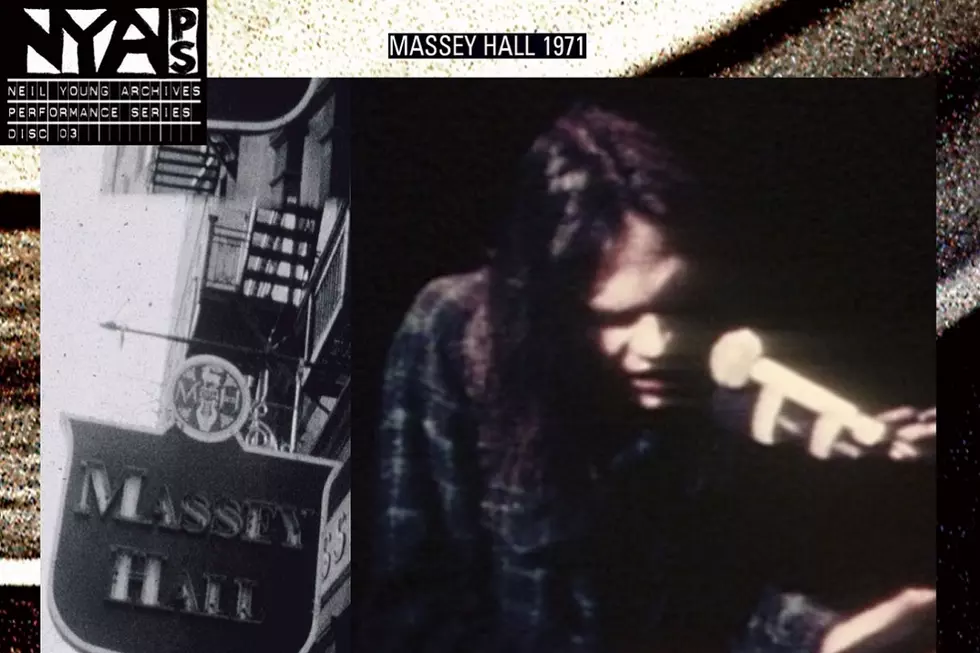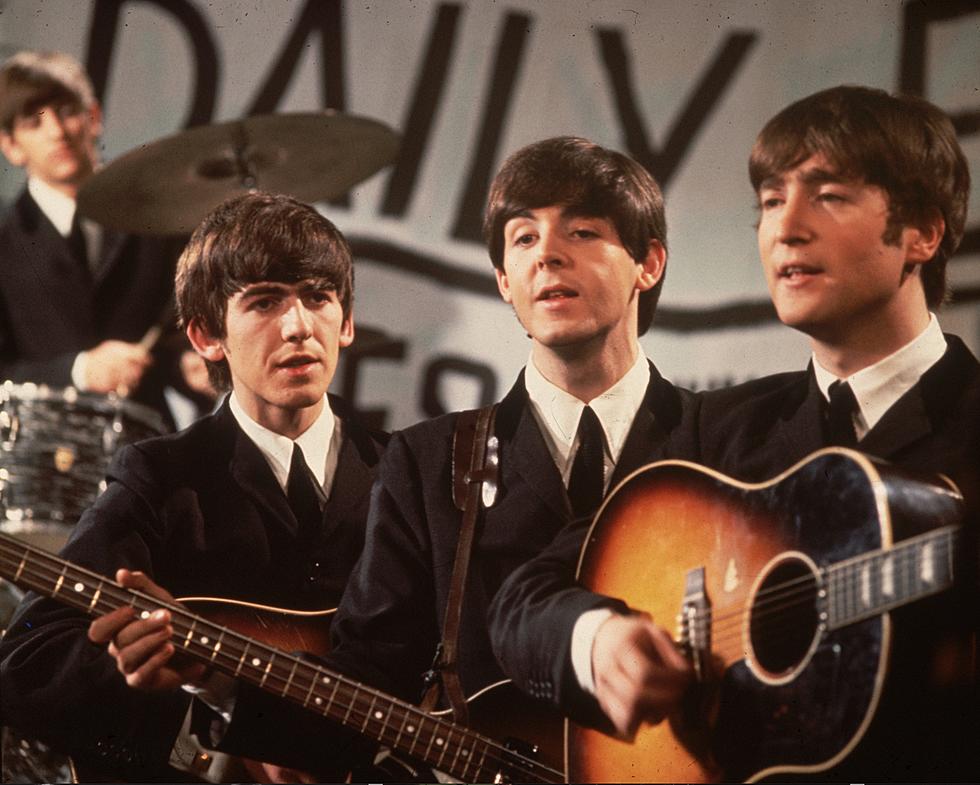
When Neil Young Finally Released the Solo Acoustic ‘Live at Massey Hall’
When Neil Young played two shows on Jan. 19, 1971 at Toronto’s Massey Hall, it was a big deal for the Canadian audience. Young had left his native country in the mid-’60s and joined folk-rockers Buffalo Springfield. In the ensuing years, he’d become a solo star – releasing three albums – and a member of blockbuster supergroup Crosby Stills Nash and Young. The Massey Hall concerts were a sort of homecoming for Canada’s newest rock star.
But Neil wasn’t in “rock” mode at the time. As the musician was dealing with a slipped-disc back injury, he had temporarily stopped wearing the heavy Les Paul on his shoulder in favor of a lighter acoustic guitar. Young had been incredibly prolific during this time, penning song after song that drew on what would become his trademark, hammer-on playing style.
“I’ve written so many new ones that I can’t think of anything else to do with them other than sing them,” Young cracked that night, before starting “Journey Through the Past.” It was one of 10 as-yet unrecorded tunes that would appear in the 18-song set.
No less than five compositions – including eventual classics “Old Man,” “Heart of Gold” and “The Needle and the Damage Done” – would appear on 1972’s Harvest, although “A Man Needs a Maid” featured different lyrics. Other songs showed up on Time Fades Away (“Love in Mind,” “Journey Through the Past”), On the Beach (“See the Sky About to Rain”) and Crazy Horse’s debut disc (“Dance Dance Dance”). “Bad Fog of Loneliness” didn't get an official release until Live at Massey Hall finally became reality, decades later.
Along with the newbies, Young delivered some familiar tunes, including “Helpless,” “Don’t Let it Bring You Down,” “Ohio” and “Down By the River,” as he switched between guitar and piano. When the audience demanded a second encore, he closed with “I Am a Child.”
Watch Neil Young Perform 'Old Man'
After that night, Young continued his solo tour, soon making his way to Nashville to appear on The Johnny Cash Show in February – something he mentioned via between-song banter during the Massey Hall gig. While there, he began recording what would become Harvest with producer Elliot Mazer. The record didn't see release, however, until a year later – partially due to Young’s back surgery.
Live at Massey Hall would be delayed even longer. It took 36 years before the professionally recorded concert was released on March 13, 2007. With a bonus DVD of contemporary live footage, this album was the second installment in Neil's Archives Performance Series – following 2006’s electric Live at the Fillmore East. Back in ’71, it was possible that a hybrid of the recordings on Fillmore East and Massey Hall could have been issued. After all, 1971 was the first year without some sort of Young studio release since 1965.
“This is the album that should have come out between After the Gold Rush and Harvest,” Young said in a press release, just before Massey Hall arrived. “David Briggs, my producer, was adamant that this should be the record, but I was very excited about the takes we got on Harvest, and wanted Harvest out. David disagreed. As I listen to this today, I can see why.”
So did fans, who made a sizable hit out of a very old recording. Live at Massey Hall 1971 reached No. 1 in Canada, No. 6 in the U.S. and No. 30 in the U.K., while reviews were positively glowing, focusing on the intensity and beauty of Young’s lost – and then found – one-man performance.
Neil Young Albums Ranked
More From KOOL 101.7










